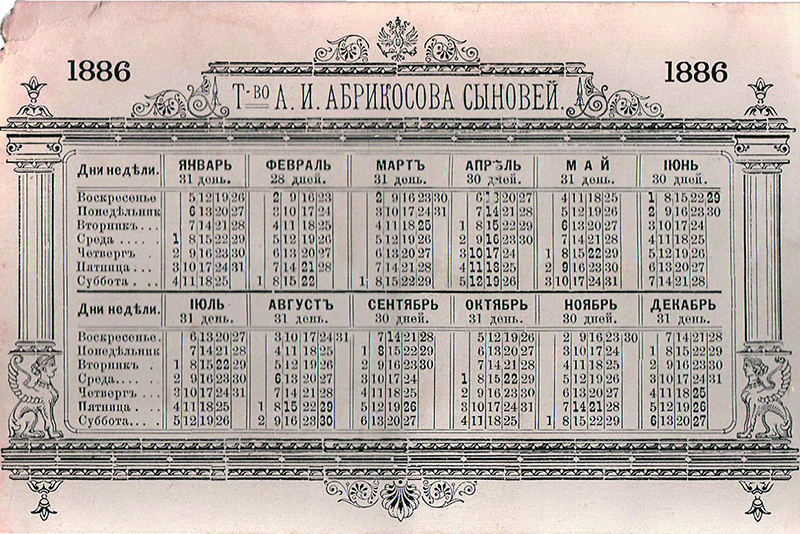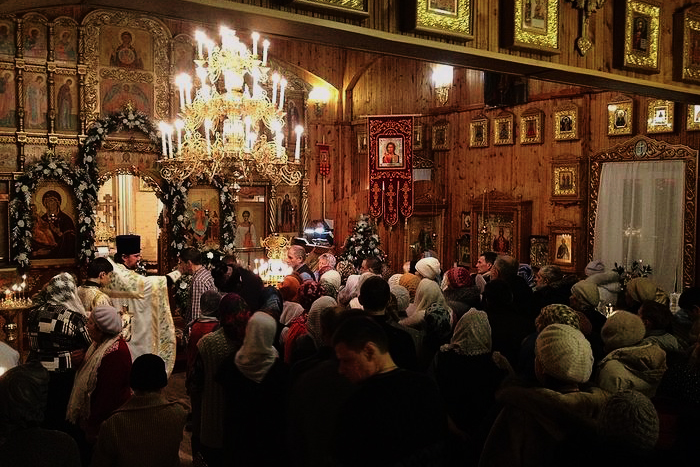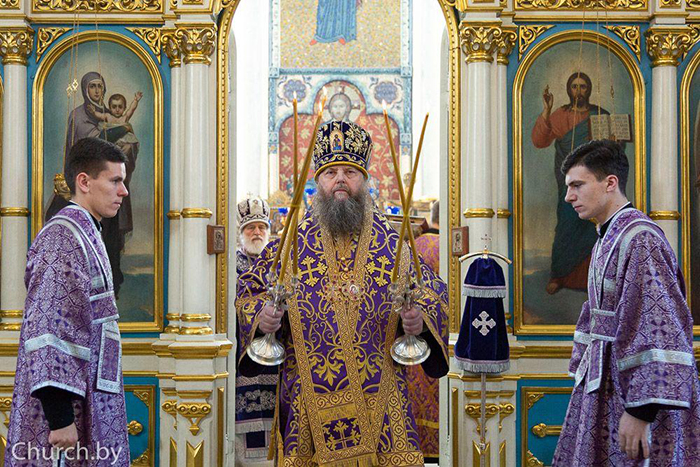
This article is devoted to the ministry of subdeacons – the highest degree of lower clergy, followed by the actual three-tier hierarchy of the Orthodox Church. Who are the subdeacons, when did their rank come into being, and what functions do they perform during the divine service?
The Origin of the Rank of Subdeacons
For the first time the word “subdeacon” (from Greek: Ὑποδιάκονος, διάκονος – under, below and διάκονος – minister – subdeacon) is found in the works of Philo of Alexandria (mid-1st century), where the word takes on the meaning “the servant of the king or God as King” (Philo. De vita Mos. 1. 84). It is mentioned in the works of Christian writers as early as the 3rd century in the West by St. Cyprian of Carthage (Cypr. Carth. Ep. 34. 4; and others) and in a letter from the Pope Cornelius (†255) to Bishop Fabius of Antioch. The Pope, describing the clergy of the Roman Church, says that they have forty-six presbyters, seven deacons and seven subdeacons (Euseb. Hist. eccl. VI 43. 11). In the East, the existence of subdeacons is mentioned in one of St. Athanasius’ letters, as well as in Rule 21 of the Council of Laodicea (361). Apostolic Constitutions, an ancient liturgical and canonical compilation written around 380, describes this rank as a direct Apostolic establishment. Latin medieval interpreters even tried to find the Old Testament prototype of the subdeacons, assuming that they could be the “servants of the Temple”, described in 1 Ezra 8:20. Some ancient Church writers used the term “subdeacon” to refer to all minor clerics, assistants of deacons.
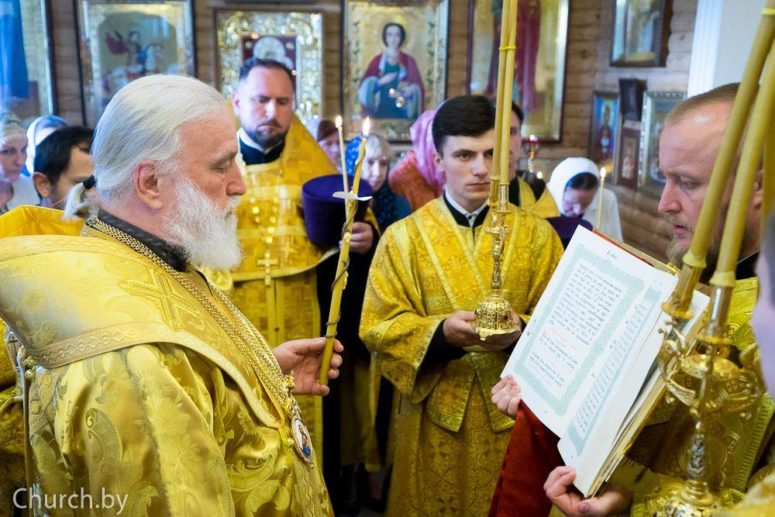
The duties of the subdeacons were shaped gradually, based on the growth of church communities and the development of the hierarchy. There was a notion in some ancient Churches, particularly in the Roman Church, that there could be no more than seven deacons in a single city, since that was how many deacons had been appointed by the apostles (see Acts 6:3). For that reason, a special group of subdeacons, who could perform part of the deacons’ duties without being deacons, was probably necessary. For this reason, subdeacons were included in the deacons’ ranks for some time in the East. They were consecrated in the sacristy before the Great Entrance, and they had the right to carry an orarion, although only in a crosswise manner on their chest. It was not until the 13th century that the Patriarch of Constantinople Manuel Charitopoulos Sarantenos (†1222) excluded the subdeacons from the upper clergy and their consecration began to take place in the middle of the nave, as is the case with other lower clerics. In the West, where the limit of seven deacons lasted much longer, the subdeacons were considered to be clergymen and included in the upper ecclesiastical hierarchy. Nowadays, in the Roman Church, after the reforms of the Second Vatican Council, subdeacons, as well as other lower orders, have ceased to exist, remaining only in traditionalist circles.
Appointment
The rite of chirotecy, i.e. the laying on of the bishop’s hands and the recitation of a special prayer, has been performed over subdeacons since ancient times. The Apostolic Constitutions contain the text of the prayer, “O Lord our God, the Creator of heaven and earth and of all things, who chose the keepers of Your holy vessels for the Tabernacle, look on Your servant, being blessed to be the subdeacon, and give him the Holy Spirit for the worthy keeping of Your vessels and for the perpetual pursuance of Thy will in Christ” (Const. Ap. VIII 21). It seems that the primary duty of the subdeacon was to care for and preserve the eucharistic vessels. For this reason, in the West, the bishop gave a paten (a dish for the host) and a chalice to the appointee. In the present-day Orthodox tradition, the bishop blesses the orarion, which the future subdeacon puts on crosswise, then blesses the appointee three times, laying down his hand, and reads a prayer in which he asks God to empower the ordained to love the beauty of God’s house, to stand at the doors of the temple and “to light the lamp of the seat of glory” (see the Bishop’s Official). This prayer recalls the ancient duties of the subdeacons: to watch the gates of the church, to send out catechumens in due time, and to help the deacons in the altar. The duty of keeping church vessels is also not forgotten: the subdeacons are the first lower clerics allowed to touch the Holy Table, the Oblation Table, and the Eucharistic vessels. After reading the prayer, the consecrated subdeacon washes the bishop’s hands and stands on the solea with the water container until the Cherubic Hymn, after which he washes the bishop’s hands again and then enters the altar.
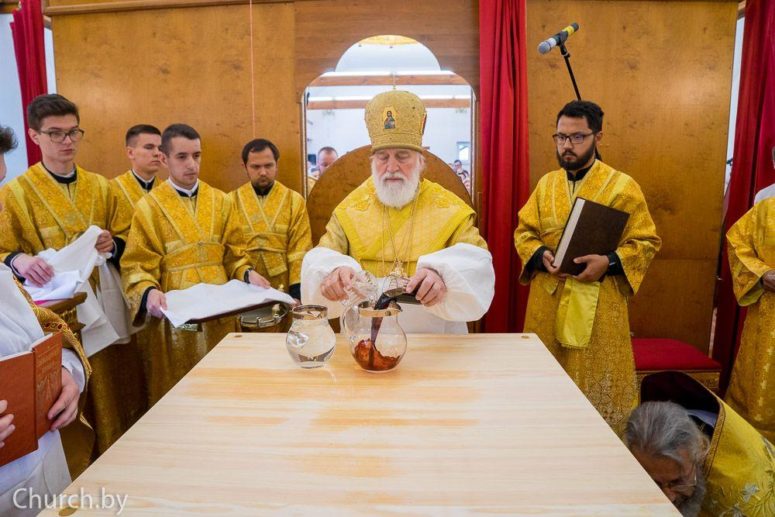
Liturgical and Ecclesiastical Ministry
At present, the statutory performance of a pontifical service in the Russian Church without the help of the subdeacons is hardly possible, so their main liturgical duty is to help the bishop: placing eagle rugs, dressing up the bishop and giving him the dikirion and the trikirion, and doing all those things that make it easier for the archpastor to carry out his ministry and allow him to focus on prayer and sacred actions. Apart from divine services, the subdeacons can perform the duties of bishop’s secretaries, various diocesan tasks, and be catechists. A consecrated subdeacon, if he is not yet married, is obliged to observe the vow of celibacy, giving all his strength for the service of the Church, which confirms his status as a clergyman in the church consciousness. Currently, however, since the subdeacons are often recruited from seminarians and postgraduates, and they have yet to make their final life choices, the bishop only blesses them to carry out the duties of the subdeacon without the consecration.


